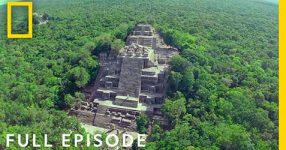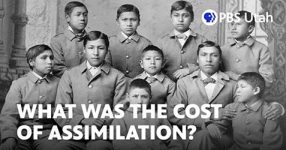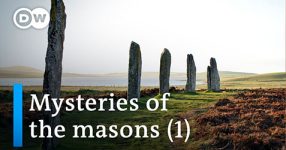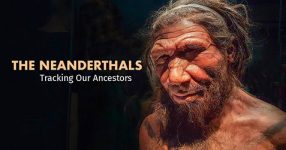When contemplating pre-Columbian America, the common image is of an untouched wilderness dotted with modest native settlements. However, a deeper exploration in “America Before Columbus” challenges this perception, revealing a vibrant landscape teeming with millions of inhabitants and a rich tapestry of civilization.
Discovering an Ancient America: Beyond the Wilderness
Contrary to the traditional portrayal of a pristine wilderness, the America of 1492 was a well-established continent with a bustling population comparable to Europe. Cities, canals, and causeways formed an intricate infrastructure, shattering the notion of a ‘New World’ as Columbus set foot on its shores.
Fascinating Facts Unveiled by America Before Columbus
The documentary delves into intriguing facets of pre-Columbian America, debunking misconceptions and presenting compelling evidence:
- Flora and Fauna Exchange: Contrary to popular belief, apples and peaches were absent in America before Columbus, brought over by European immigrants. The American horse, extinct since the Ice Age, reappeared with Spanish conquistadors.
- Aquatic Abundance: Settlers faced the challenge of navigating waters so densely populated with fish that it hindered boat movement. A stark contrast to the barren landscapes often imagined.
- Cultural Collision: The arrival of Europeans marked the introduction of new crops like potatoes from South America, triggering a population boom in Europe.
- Animals of the Americas: In 1491, llamas were the largest domesticated animals, and knowledge of horses, cows, sheep, and pigs was absent. The Aztecs domesticated turkeys, a bird unknown in Europe at the time.
A Complex Tapestry: Redefining America’s History
The narrative challenges the conventional depiction of native villages living harmoniously with nature. Instead, evidence suggests a pre-existing intricate society, with sections of the Amazon rainforest hosting well-developed farming communities as early as 1491.
Navigating the Historical Landscape
Columbus’ exploration marked the discovery of Cuba, with Amerigo Vespucci later uncovering the South American continent. The nomenclature ‘America’ emerged after Waldseemüller named the newfound land in honor of Vespucci, shedding light on the intricate historical tapestry woven across time.
A Reshaped Perspective
In conclusion, “America Before Columbus” reshapes our understanding of pre-Columbian America. It was not a pristine wilderness awaiting discovery, but a sophisticated and populous continent with a rich history that collided with the influx of European explorers. This documentary serves as a key to unlocking the mysteries of an era often overshadowed by myths and misperceptions.












